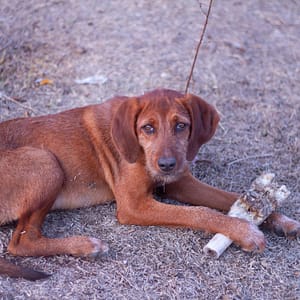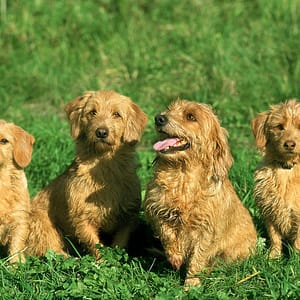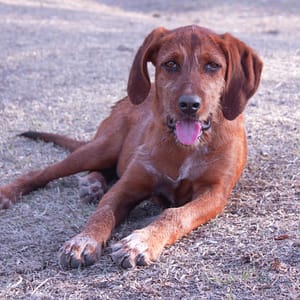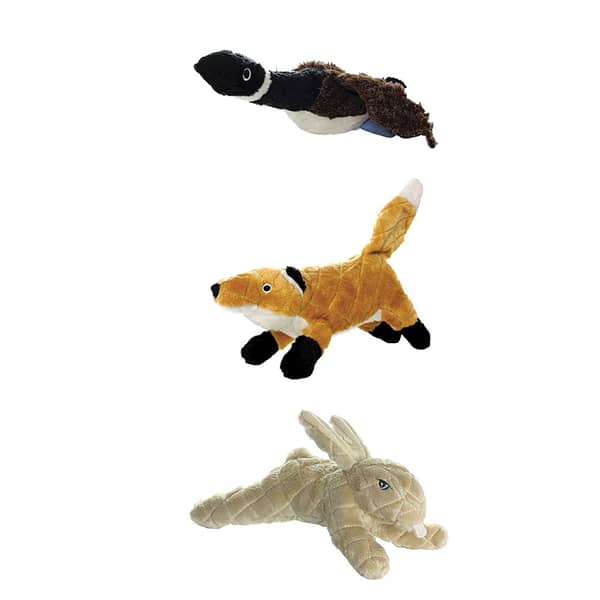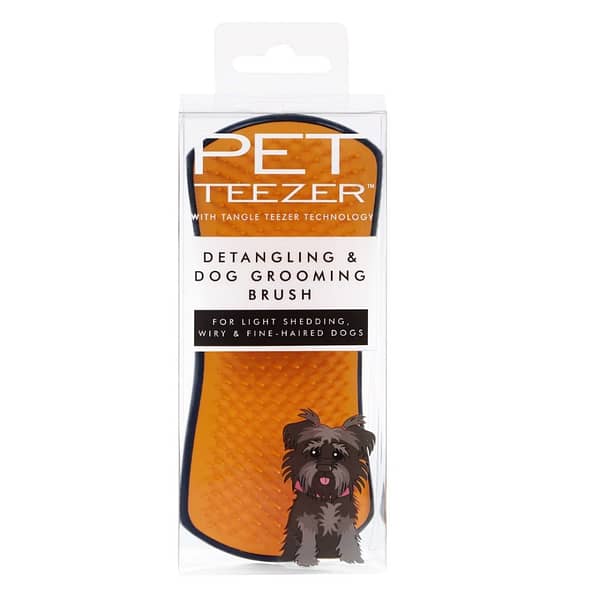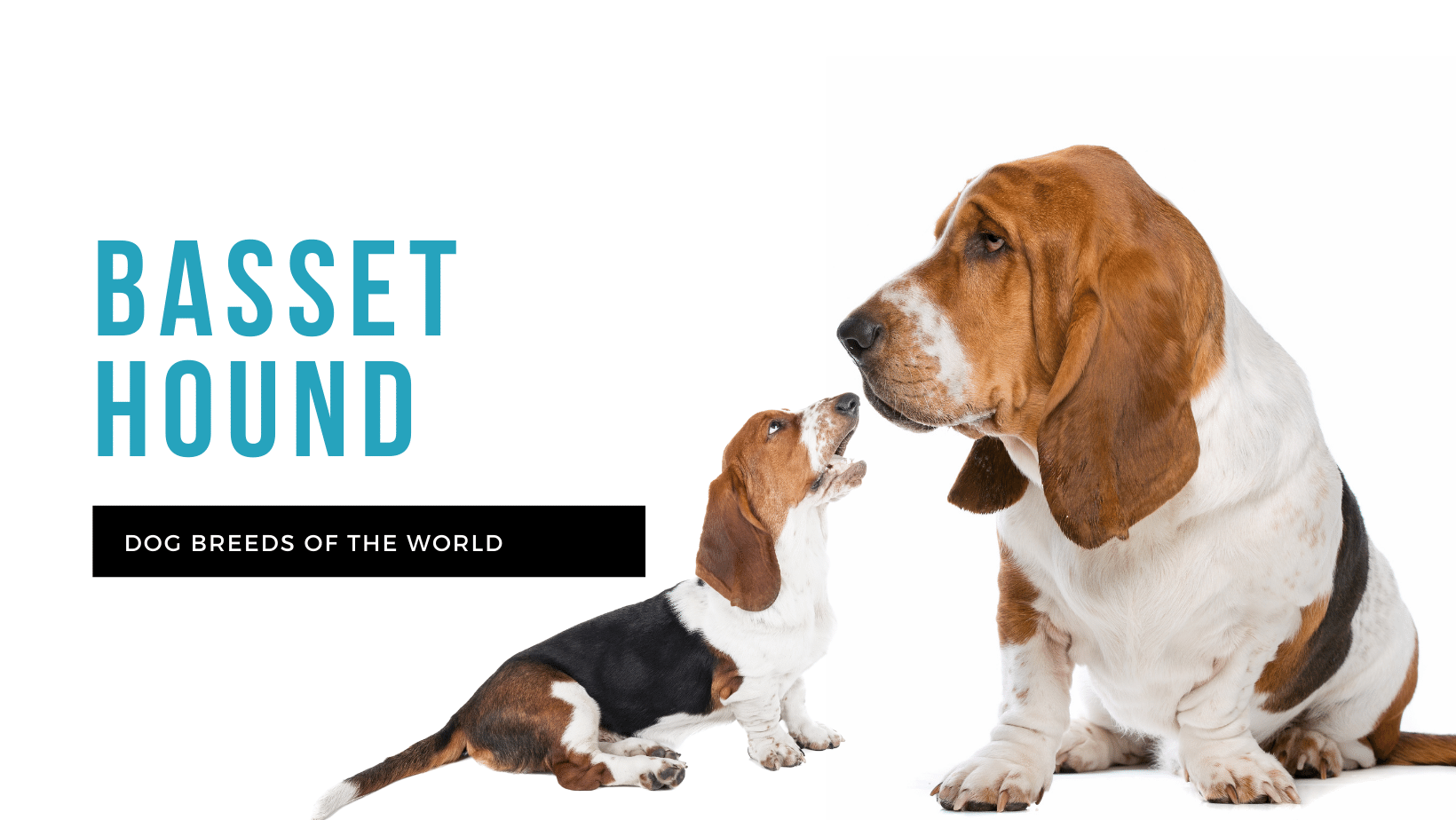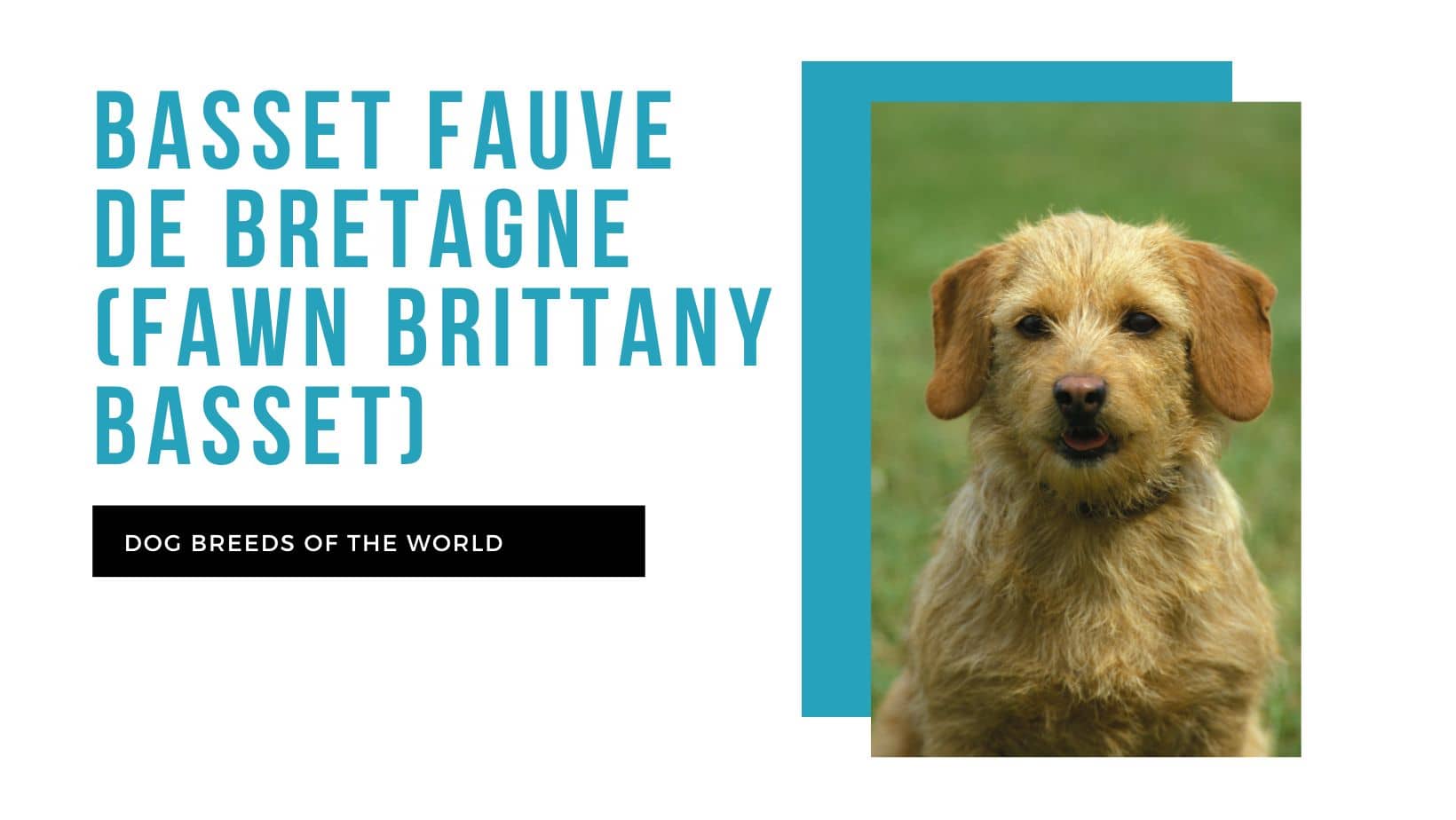
Don’t let the basset name fool you – the fawn Brittany basset or basset fauve de Bretagne is a compact, coarse-haired, fawn-coloured little hound dog who has the pluckiness and speed of a terrier, but is hound in personality and function, through and through.
The fawn Brittany basset has a very long history and almost didn’t make it to the present, but his popularity is gaining traction as American and English breed enthusiasts are rediscovering all of the charming, sociable, lovable and friendly traits he brings to the household.
History
In the 16th century, the ancestor of the fawn Brittany basset was the Grand fauve de Bretagne, which Francois I hunted with in packs. He was a much larger dog than his current offshoot; and was used to hunt large animals like wolves and wild boar. Only aristocracy were allowed to own the breed. Fortunately, the French Revolution changed all that and after 1789, anyone was allowed to own grand fauve de Bretagnes.
The working and lower classes didn’t own horses and therefore couldn’t keep up with these large dogs while hunting, so they developed a breed who could hunt at closer range alongside his human. This was the start of the long breed development process that resulted in the fawn Brittany basset. A much smaller sized dog, they were hunted with in packs – their quarry being hare and rabbits, foxes, and much larger prey animals like deer and boar.
After the Second World War, it was thought that the fawn Brittany basset almost went extinct like his ancestor, but breed experts from the French Club du Fauve de Bretagne insist that the fauve was kept alive and well by French hunting enthusiasts.
This coarse-coated, stocky and fast little hunter’s companion remains true to his original function in France to this day, but he is becoming more popular as a companion dog in other countries around the world.
Temperament
It’s no wonder that the fawn Brittany basset never went extinct, because his sociable, intelligent and lively personality has kept him popular with hunters and pet lovers alike. He is highly adaptable – whether when hunting in the field or cosying up with the children after an enjoyable playtime. Gutsy and stubborn when hunting, yet eager to please and even mischievous with his humans, this little dog has many lovely facets to his big personality, so it takes an experienced dog owner to appreciate every side of him.
He has a sharp mind and tons of energy, so early socialisation and daily vigorous exercise is vital for his health.
Health
The basset fauve de Bretagne is generally well bred, and most individuals live to around 13 or 14 years old, thanks to their small size. While he enjoys good health, some of the following conditions have been experienced in the breed:
- cardiomyopathy
- epilepsy
- progressive retinal atrophy (PRA)
- glaucoma
- allergies
- hypothyroidism related to old age
Exercise Requirements
As with all active dogs with a hunting or hounding background, the fawn Brittany basset is a high-energy pup who needs lots of exercise and play. Daily leashed walks as well as exciting play sessions in a secure fenced area will be ideal for meeting his need for physical and mental stimulation. The fawn Brittany basset is a low-slung, fast little dog who would do exceptionally well in dog sports, granted he is trained early and trained well.
He gets along famously well with other pets in the house, but this only comes with early and consistent socialisation. However, be wary of leaving the Brittany basset unsupervised around smaller pets like guinea pigs and rabbits – these were his original prey and it’s likely his hunting instinct can kick in on a whim.
Grooming Requirements
The basset fauve de Bretagne’s coarse coat is dirt-repellent and doesn’t mat easily, which means he doesn’t require extensive grooming. At worst, a weekly combing and brushing will help to keep dirt off his coat and keep him looking good. He sheds twice a year, during which time additional brushing may be necessary, but he’s an easy customer when it comes to grooming. His teeth should be brushed daily to keep his dental health in check; his nails should be clipped regularly and his ears checked for any signs of infection.
Ratings
Friendliness to other pets
Friendliness to strangers
Behaviour towards children
Statistics
| Size |
Medium |
| Type |
Hound Group |
| Average adult weight |
15 kg |
| Average adult height |
35 cm |
| Average life span |
12 years |
| Breed family |
|
| Area of origin |
France |
Gallery
Product suggestions
Similar breeds


